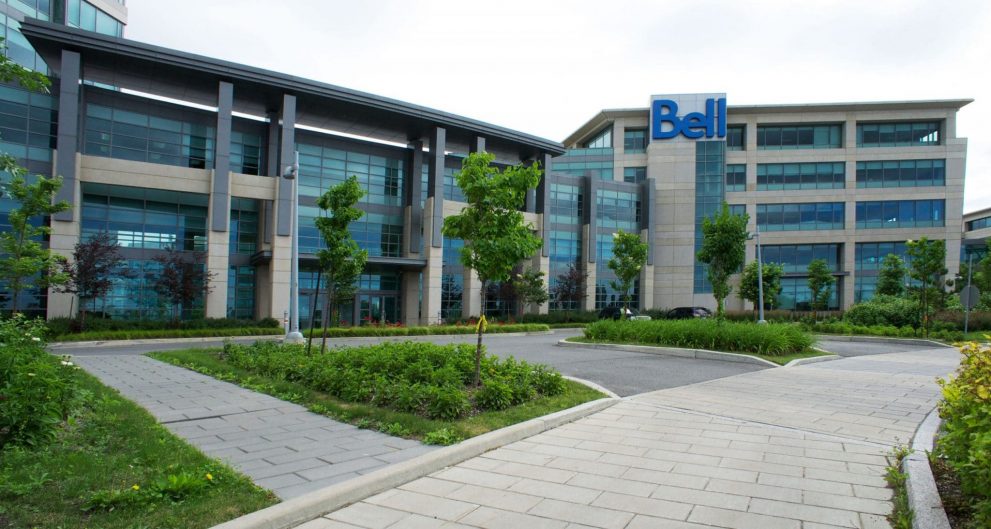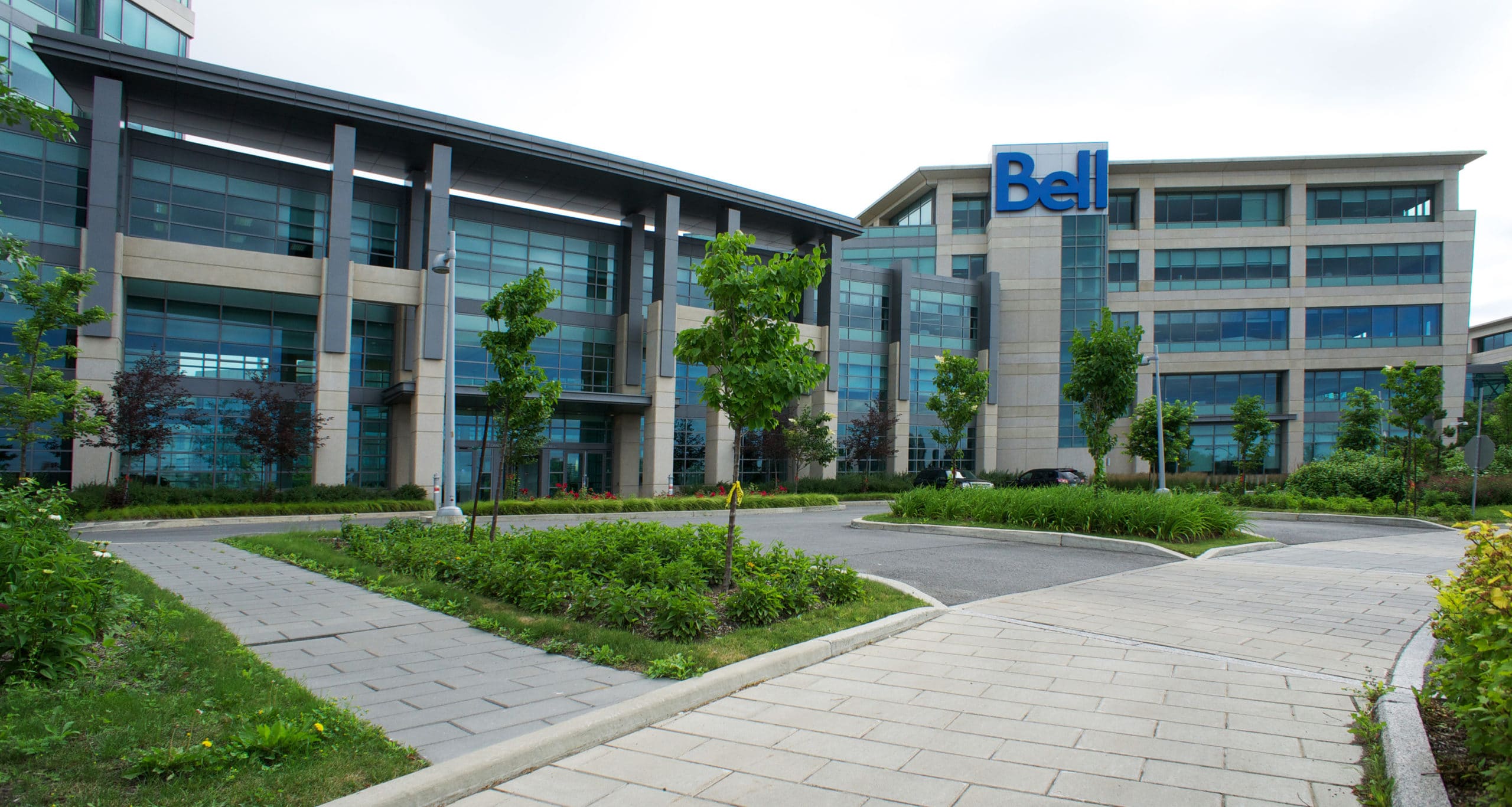

BCE has been stuck within a pretty tight range over the past year, staying around the $56-$57 mark since last April. With a healthy dividend, that might not be an issue for a lot of investors who count on stocks like BCE to be strong income generators rather than high-return growth names.
But even defensive-minded investors might be wondering whether BCE has the fortitude to at least get back to its pre-pandemic levels, somewhere around $62.
Bushell, president at Newhaven Asset Management, says yes, arguing that BCE’s currently high yield and the company’s rock solid track record of supporting its dividend make for a winning combination.
“I think the six per cent yield is too high and I think the it’s is sustainable, so if it should yield maybe five or five and a half, then even that’s a nice little capital bump to go along with your six per cent yield, so I’m pretty positive on the company from these levels,” says Bushell, speaking on BNN Bloomberg on Tuesday.
BCE is currently in the shadows when it comes to the buzz around Canada’s telecom companies, with the bid by Rogers Communications to buy Shaw Communication likely to continue taking up the lion’s share of attention as it makes its way through regulatory approvals.
Panned by critics as a step in the wrong direction in terms of strengthening competition in Canada’s already depleted pool of national telecommunications providers, Rogers’ $26-billion bid to buy Canada’s number four carrier has been billed by the two companies as a win for Canadians, as Rogers and Shaw would combine their efforts in building out the country’s next generation 5G network. Rogers has said it will initiate a $1-billion fund to support rural, remote and Indigenous connectivity, while the 5G rollout from Rogers and Shaw would involve a $2.5-billion investment across Western Canada over the next five years.
“This transaction will create Canada’s most robust wholly-owned national network, and as a result of the combined spectrum holdings and enhanced capacity, will generate more choice and competition for businesses and consumers, as well as realizing the full benefits of next generation networks for Canadians and Canada’s productivity,” read a press release from Rogers and Shaw on the proposed deal.
Whether the merger gets approval is still up for grabs but it’s clear that Rogers has BCE in its sights, where the latter continues to spend on its growing infrastructure, announcing in February a further commitment of $1 billion over the next two years to double its 5G coverage across the country.
“This is the right strategic move at the right time for our customers and our company,” said CEO Mirko Bibic in a February conference call. “This will put us in an advantageous competitive position, allowing us to keep growing broadband market share and internet revenue and to begin monetizing 5G services.”
The pandemic took its toll on Canada’s telcos, which saw lucrative revenues from roaming charges dry up as customers basked in the stay-at-home economy. BCE saw operating revenue drop 2.8 per cent year-over-year in its most recent quarter, the company’s fourth quarter 2020 delivered in early February. For the year, revenue fell 3.8 per cent.
Adjusted EBITDA for BCE’s Q4 was also down 3.2 per cent and down 4.0 per cent for the full 2020 year, while adjusted EPS was $0.81 per share, down from $0.86 per share a year earlier. Analysts had been calling for earnings of $0.76 per share.
At the same time, BCE announced with its Q4 results a raise to its dividend, paying $0.875 per share compared to $0.8325 per share a year earlier.
“As we enter 2021, our business fundamentals are sound, our competitive position remains strong and the Bell team’s ability to execute is proven. We are poised to succeed with a rock-solid financial foundation driving both our unparalleled national investment strategy and BCE’s higher common share dividend, and ready to deliver on the 2021 financial guidance targets we announced today,” Bibic said in a February 4 press release.
Bushell says BCE’s willingness to keep raising its dividend should be attractive to investors.
“The Shaw-Rogers merger changes some dynamics and brings some regulatory uncertainty into play for all the telecom providers, but again I just think broadly BCE at a six-per-cent yield is is too cheap relative to other like-investments,” Bushell said.
“That yield will probably be ground down over time as liquidity tries to find a place for investment, and I think BCE is worthy of that,” he said.
Leave a Reply
You must be logged in to post a comment.





 Share
Share Tweet
Tweet Share
Share




Comment